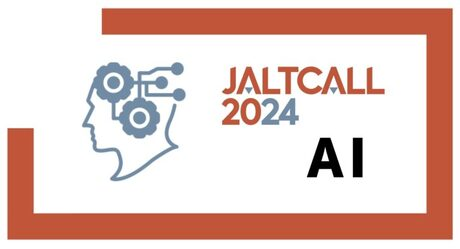Speaker
Description
AI Generated Imagery (AIGI) produces racially biased images and the implications of such biases are problematic because proliferation of such imagery can amplify stereotypes. However, little research has been done into if L2 students are able to identify and articulate about these biases. Furthermore, because current AIGA is text based, there is a crucial language component that can be explored by L2 students. This presentation introduces research conducted at a prominent Japanese Art university into how English as L2 students identified AIGI, used text prompted technology to generate images and finally reflected on inherent biases produced. The research has implications for correcting and diversifying data sets.
20 participants of an intermediate/advanced English Communication course (L2) in the school of Creative Innovation at a leading Art and Design university in Japan explored text-generated AI images and their implications over the course of 15 weeks. Students engaged with AI generated imagery by creating it, discussing it, and answering questions about it. In the concluding weeks, students were tasked with creating prompts and were given sample prompts in class and asked to reflect on the output.
Images were biased in terms of gender and race. Students were asked to comment on these bias. In the images created based on the prompt “Leading doctor” students recognized that 72% images were of a middle aged men with glasses and 100% of the images were light-skinned. The images resulting from “leading scientist” generated similar results. When prompts included racial characteristics (Japanese/Chinese), the program revealed extreme stereotyping. Skin-tone bias was also prevalent in the photo-realistic images when prompts included income level or job position. While some students concluded that the images were based on reality, others identified the need for data sets to be trained with more diversity reflective of reality.
| Keywords | AI-generated imagery, Bias, Generative AI art, Gender stereotypes, Racial stereotypes |
|---|

